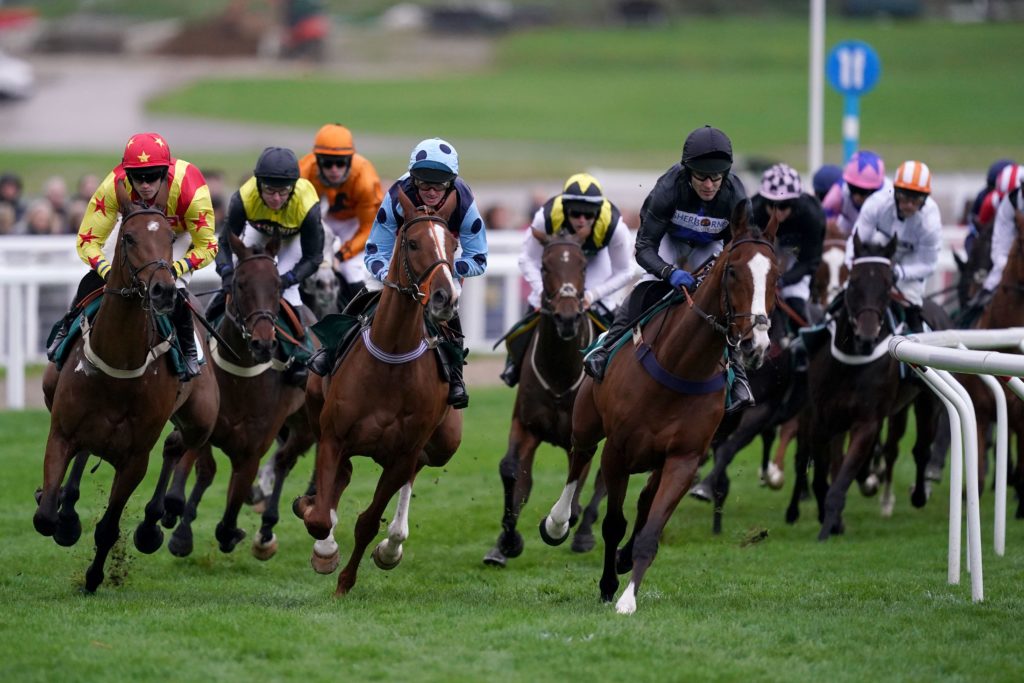When heading to the horse racing the first thing many people will do is to get a race card on entry. This covers the form and horses involved in the races on the day. However what are the top factors to look for on these race cards and what are the most important stats to take from them before placing a bet.
Race Details and Conditions
The first part on a race card will show the list of races and the times that they are scheduled to start. A usual race day will have a start time of around 2pm. The code of the race will be displayed on the race card such as a flat race, chase, hurdle or a bumper. It will also show the distance of the race and the level of class of the race such as a group race or a handicap for example. One of the key things to look for on a race card that also may change on the day is the ground conditions. This can have a major impact on the result of the race with many race horses only able to handle certain conditions and will therefore run below their best.

Handicaps
A large proportion of races in the UK are handicaps. These races consist of giving all horses an equal chance due to the weight they are carrying based on their ratings. This is where the aim of the game for connections is to get a horse well in and therefore have a good chance to win a race of the weight they have to carry. Different factors to take in to account could be top weights and low weights in races. Claiming jockeys taking weights of horses for example and penalties that horses will have for running well or winning previously.
Form
Deciphering form from a race card is one of the key points if you want to walk away with cash in your pocket. It is important to look for horses that are in form so you have a greater chance for a run for your money. However in some circumstances such as a change of stable or a long layoff may mean the horse could come back to form or run a career best so these factors need to be noted. Another key factor is with many courses around the UK there are some that course form is extremely important. Such as Chester which is a specialist track where 9 times out of 10 course form comes to the fore with the need to be drawn low with the downhill track and tight bends. You will also be able to see the rating of each horse on the race card. This means it is clearer to see if the horse has only ran a few times that it could still be improving rather than a horse that’s ran 20 odd times.
Trainers and Jockeys
Certain trainers and jockeys excel at certain courses so it can pay to follow them in many circumstances. This is where trainers will be aiming certain horses at these tracks and races as they have continued to have success in the past. Looking at the specialist track of Chester as mentioned above it pays to follow Joe fanning who has a high success rate there.
Odds
Odds of horses is of course one of the most important factors when picking a horse to bet. For example if a horse starts at 6/4 but has drifted out to 4/1 it is best to not back it as it is clearly not fancied to run as was expected. Backing a horse each way is another point to take into account as if you just lose out you can get your money back or even make a little profit in the process. You must check the each way terms with how many places and whether it is 1/5 or ¼ the odds depending on the amount of runners taking part. A key example of a bet would be if you place £5 on a horse that is 3/1 and it wins you will get your £5 stake back plus £15 of winnings so a £20 return.